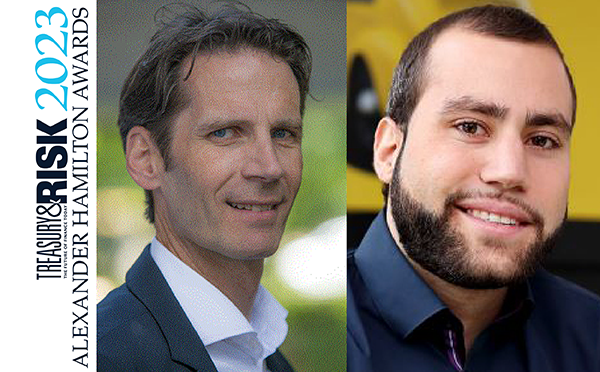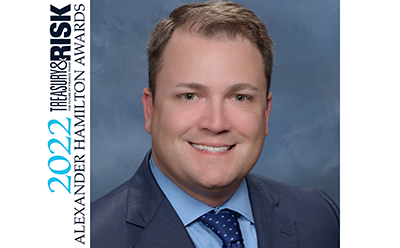 M&A activity, derailed for much of the recession, is back on track. In the first nine months of 2010, the aggregate dollar volume of global acquisitions increased 21%, to $1.75 trillion, according to Thomson Reuters, with the third quarter alone seeing the most mergers and acquisitions in any three-month period since the third quarter of 2008.
M&A activity, derailed for much of the recession, is back on track. In the first nine months of 2010, the aggregate dollar volume of global acquisitions increased 21%, to $1.75 trillion, according to Thomson Reuters, with the third quarter alone seeing the most mergers and acquisitions in any three-month period since the third quarter of 2008.
In the United States alone, 5,760 deals worth $595 billion were announced in the first nine months of last year, an increase of 18.6 % from the same period the previous year. Both the volume and dollar values of deals are expected to hold up during the first quarter of 2011. Last April 57% of executives polled by Ernst & Young said their businesses were “likely” or “highly likely” to acquire other companies in the next 12 months.

What does the uptick mean for acquirers' risks post-acquisition? We asked Jeff Burchill, senior vice president and CFO of FM Global, a large Providence, R.I.-based property insurer and provider of loss prevention strategies, which had $3.6 billion in 2009 revenues, for his thoughts on the subject.
T&R: Would you agree that M&A activity is on the rise?
Burchill: I certainly believe that the current increases in mergers and acquisitions will continue into 2011, if not increase. Companies have stockpiled cash and are looking to deploy it strategically into growth strategies. Typically, when a big deal happens in a particular industry segment, it invites other companies to start acquiring in that sector. Competition heats up and, in their haste to close deals, due-diligence times are compressed.
T&R: As companies rush forward, what types of risks does this create for them?
Burchill: Supply chain exposures first come to mind. For example, say both your company and the one you're acquiring buy a key component from the same one supplier. Only this supplier provides the component. Now if that supplier has financial difficulties and cannot meet its order obligations or goes out of business, the impact is now doubled.
T&R: Any other risks come to mind?
Burchill: Sure, say a company is looking to acquire a multinational with multiple facilities overseas. In certain regions, these properties may not be up to HPR [highly protected risk] standards. The standards are given to the highest quality properties, where both loss frequency and severity are mitigated by loss prevention measures like fire sprinklers, water hydrants, smoke alarms–that sort of thing. The risk of loss is therefore higher. And if a loss does occur, it not only hits the financials, it can damage the acquirer's reputation.
T&R: How does FM Global assist in avoiding these train wrecks?
Burchill: We have 1,500 loss prevention engineers globally and can put someone at the site of a target acquisition's facility immediately to evaluate both property risks and supply chain exposures. They'll make recommendations on how to bring the properties up to HPR standards, evaluate potential breakdowns in supply links, and suggest contingency plans.
To read Jeff Burchill's profile as one of T&R's 2009 CFOs to Watch, see Steering Through Troubled Times.
© Touchpoint Markets, All Rights Reserved. Request academic re-use from www.copyright.com. All other uses, submit a request to [email protected]. For more inforrmation visit Asset & Logo Licensing.



